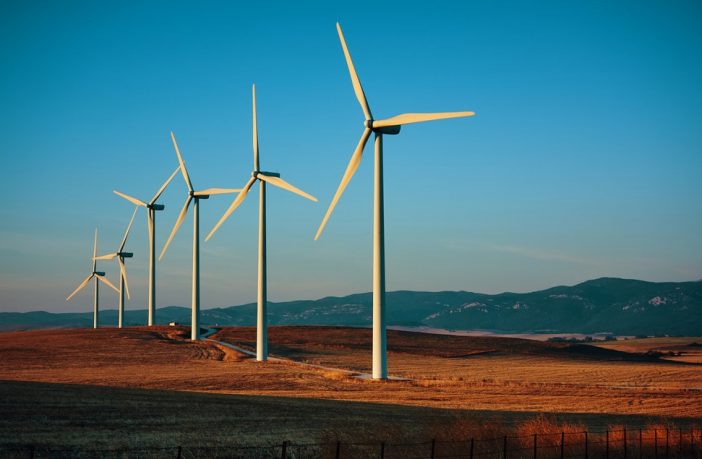- The Department of Energy recently confirmed that the renewable energy sector is currently four times more employment-intensive than the country’s coal and nuclear sector.
- Eskom has been planning coal-fired power station retirements for many years, so to pin job losses on the renewable energy sector, is inaccurate.
- 30,405 jobs has been created by the country’s renewable energy sector this year so far with around one third coming from the wind industry.
- Two further areas of significant job-creation potential within the Wind power value chain are transport and construction.
- A managed transition is essential to ensure that negative effects particularly on people, are minimised.
Speaking on behalf of the wind energy sector, the South African Wind Energy Association (SAWEA) has noted the National Union of Mineworker’s recent protest march to the Union Buildings against the transition away from coal.
This is not the first time that organised labour has protested South Africa’s transition away from coal, or suggests that renewable independent power producers (IPPs) will cause the loss of coal-sector jobs. Prior action has also included NUMSA attempting to bring about an interdict application to halt the conclusion of 27 Renewable Energy Power Purchase Agreements, which was rejected by the courts.
The Department of Energy recently confirmed that the renewable energy sector is currently four times more employment-intensive than the country’s coal and nuclear sector.
“During construction thus far, employment for 30,405 jobs has been created by the country’s renewable energy sector as a whole, with the Wind Industry contributing approximately one third of these jobs,” explained Brenda Martin, CEO of SAWEA.
The industry is transparent about the fact that the lion’s share of employment opportunities are located within the construction phase, with a timeframe of typically 2 years per project, but points out that whilst the power plant operations phase offers fewer employment opportunities, they do add up.
“The full portfolio of 36 preferred bidder wind projects, procured to-date, are expected to generate 32,138 job years, over their 20-year operational period,” Martin added.
Wind turbines require steel, concrete, copper, fibreglass, adhesive, core, and other input materials to produce. Steel accounts for almost 90% of the total materials used in production of wind turbines. This steel is mainly used to manufacture towers. Towers account for 14% of wind project value, nacelles and hubs 30.5%, and blades approximately 9.1%.
Given this, where Wind power is concerned, the countries that boast consistent Utility-scale wind energy installed capacities are also the countries that can boast large jobs-intensive wind turbine manufacturing industry market share. Two further areas of significant job-creation potential within the Wind power value chain are transport and construction.
“In national policy and planning, most of SA’s existing coal power plants are scheduled to retire by 2050, when they reach end of life. Aligned with this, and as numerous Eskom annual reports will confirm, the Utility has been planning coal-fired power station retirements for many years, so to pin job losses on the renewable energy sector, is inaccurate” explained Brenda Martin.
The Energy transition in South Africa needs to be managed with much more care by all social partners. “As owners and operators of Coal-fired power stations, Eskom and its coal suppliers should take primary responsibility for ensuring social plans are in place to address the consequences of plant and mine closures. SAWEA has recently adopted an Industry commitment statement which sets out the Industry’s commitment within the energy transition. A managed transition is essential to ensure that negative effects particularly on people, are minimised” she concluded.
Author: Bryan Groenendaal
Source: TM Communications















